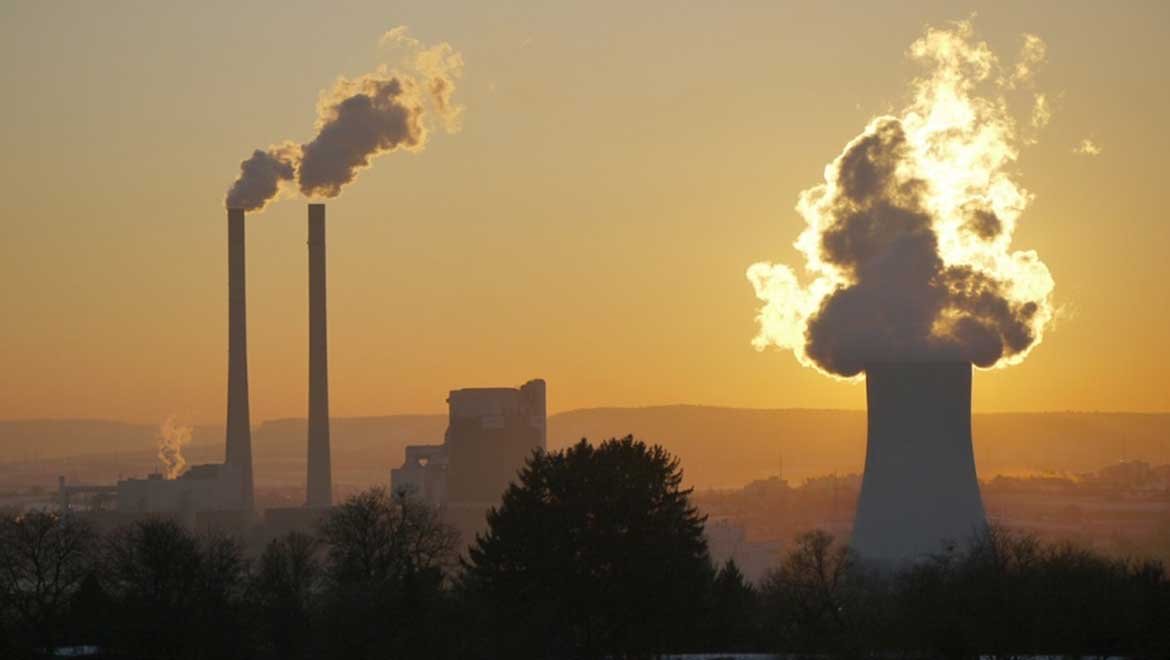Carbon dioxide becomes toxic when there is too much of it. This is especially true in confined areas. Excess carbon dioxide will also displace oxygen in the air and can asphyxiate workers. Proper ventilation is essential to reduce the risk.

How workers are exposed
Carbon dioxide is most commonly found on work sites in the following industries:
Arts & entertainment
- In dry ice and fog machines
Food & beverage processing
- Produced during the fermentation process
- Added to create the “fizz” in bottled drinks
Agriculture
- On mushroom farms and in manure pits; a result of bacterial decomposition
- Added to growth in greenhouses and mushroom farms
Fire prevention
- In fire extinguishers
- In the cleaning of fuel tanks, to suppress sparks and flame
As workers breath in higher concentrations of carbon dioxide they may experience symptoms such as headache, dizziness, confusion, or loss of consciousness.
The risks
Carbon dioxide is harmless at the right level. But at high levels it can become toxic or asphyxiate workers by pushing oxygen out of the workspace. Odourless and colourless, carbon dioxide is hard to detect.
How to reduce the risks
If there is a risk of overexposure to carbon dioxide, you should:
- Monitor the amount of carbon dioxide in the workspace.
- Ensure sufficient ventilation before entering the workspace.
Don’t take carbon dioxide-producing equipment into the workplace unless there is adequate ventilation. Know the symptoms of overexposure to carbon dioxide. If you experience the symptoms, leave the area immediately and report it to your supervisor.
The most effective way to manage the risk of exposure to carbon dioxide is to eliminate the source of exposure. If that’s not possible, there are other risk controls to use. When choosing risk controls, start by asking yourself the questions in the following steps, listed in order of effectiveness. See our resources for more information.
1- Elimination or substitution
Eliminating the hazard by substituting a safer process or material, where possible, is the most effective control. Some questions to consider:
- Can a less hazardous material be used?
- Can a process that generates less CO2 be used?
2- Engineering controls
Making physical modifications to facilities, equipment, and processes can reduce exposure. Some questions to consider:
- Can the area be monitored or measured for CO2?
- Can ventilation be improved?
- Can tasks that produce carbon dioxide be enclosed by barriers that prevent it from leaking into other areas of the workplace?
3-Administrative controls
These involve changing work practices and work policies. Providing awareness tools and training also count as administrative controls. All can limit the risk of carbon dioxide exposure. Some questions to consider:
- Has an exposure control plan been developed?
- Can warning signs be posted in the work area?
- Can signs explaining exposure symptoms be posted?
- Can written safe work procedures be posted?
4-Personal protective equipment
This is the least effective control. When used, there must always be at least one other control in place as well. Some questions to consider:
- Do workers have the required supplied-air respirators?
- Have the supplied-air respirators been tested to make sure they are working properly?



